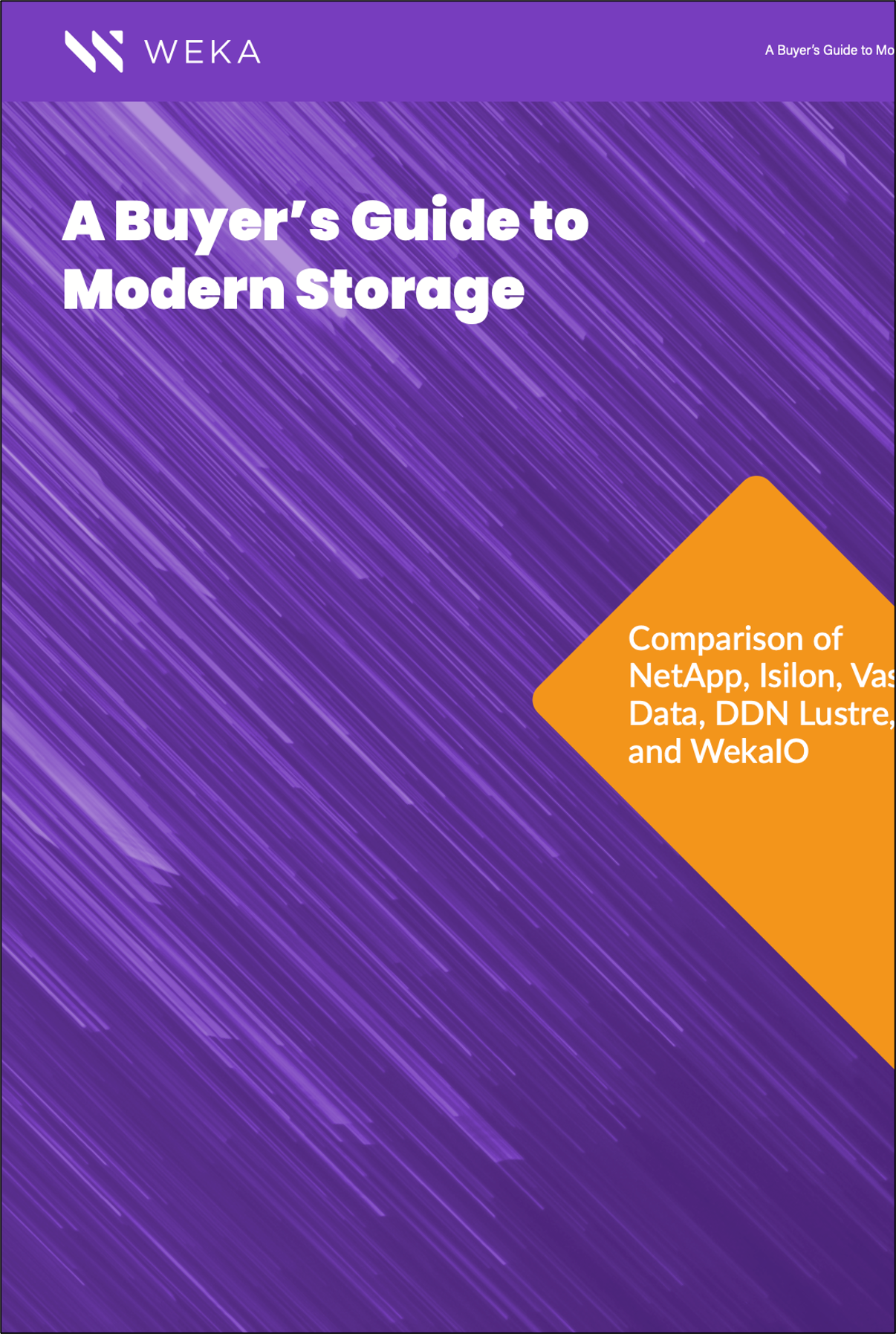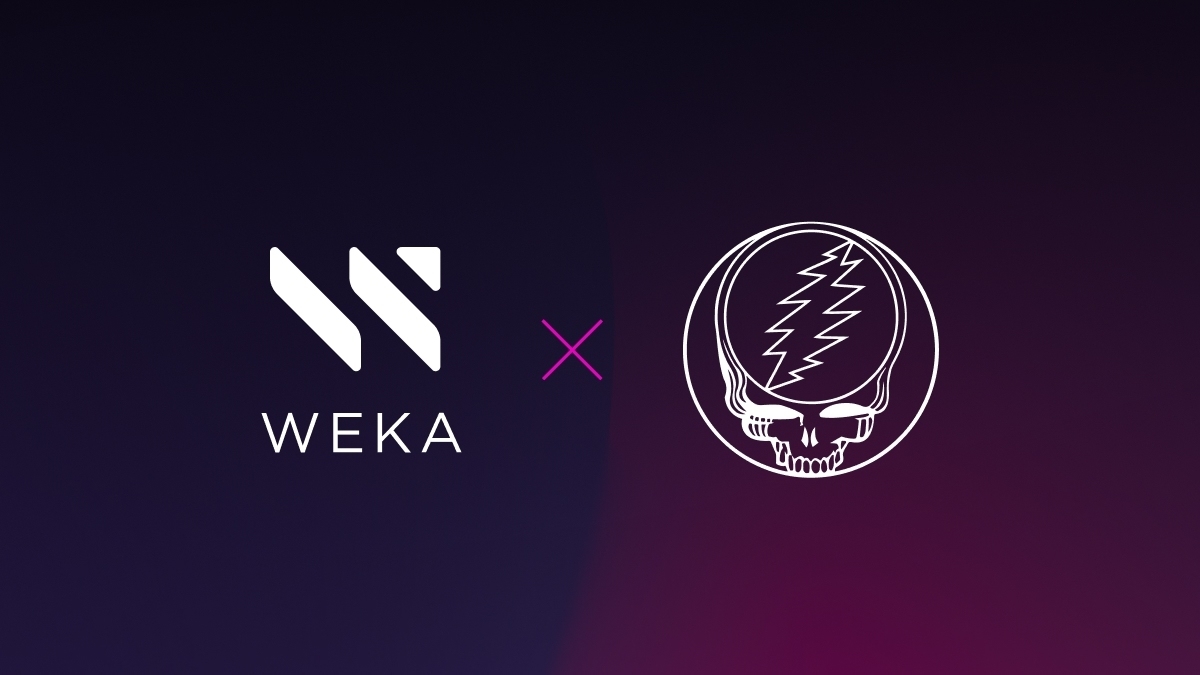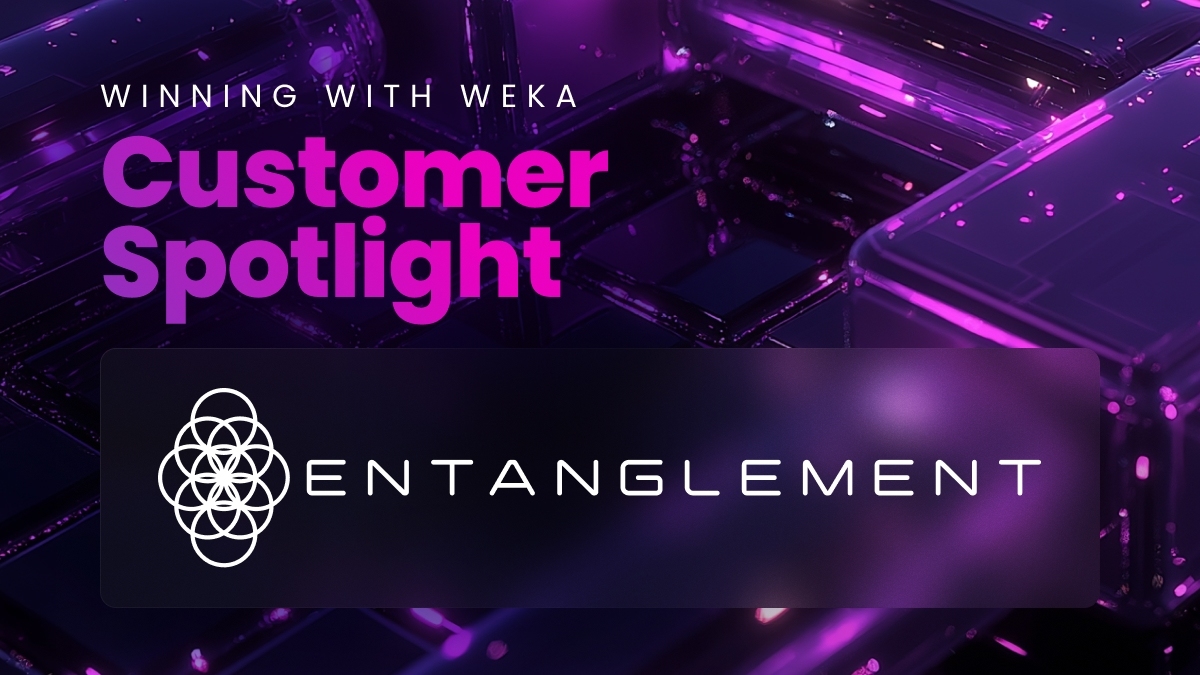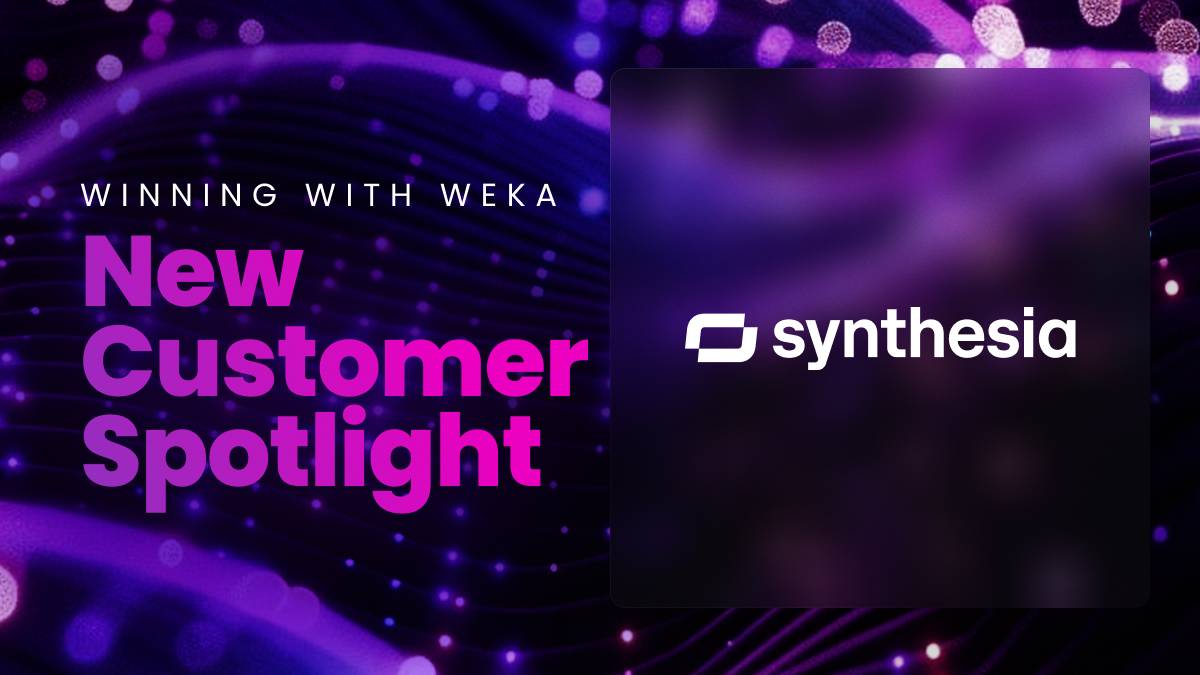Comparing Network Attached Storage (NAS) Solutions: Isilon vs. Flashblade vs. WEKA

What is Network Attached Storage?
Network Attached Storage (NAS) are appliances that service files over the network infrastructure, as opposed to Storage Area Network (SAN) devices that serve block devices (LUNs) usually over a dedicated infrastructure (such as Fibre Channel).
Modern day NAS appliances can contain all flash arrays (AFA), as well as have the ability to scale out, which allows them to have multiple HEAD nodes that can access and service the same data from other nodes. This allows the scale-out AFA NAS systems to provide the fastest, most scalable NAS experience.
NAS and scale-out NAS appliances, whether they contain hard disk drives (HDD) or are flash based, are exposing the files to the remote servers using NFS and/or SMB, which limits the performance each server can get out of the array.
Another type of storage is the parallel file system, which is installed over multiple servers and exposes one or more file systems, usually using a proprietary client (which is not NFS or SMB). This allows for faster performance per server.
Usually, NAS appliances are used in easy-to-manage but not performant shared file environments, and parallel file systems are used for high-performance and high-capacity environments, and also more complicated and harder-to-manage environments.
Modern parallel file systems that are built for flash technology, such as WEKA, allow the ease of management of a NAS appliance with system performance that is faster than a traditional parallel file system.
Top Considerations while selecting your scale-out storage solution
Hardware – A modern day solution should be software defined to allow for a wide range of hardware configurations and vendors, and therefore prevent vendor lock-in and allow benefits from new hardware technologies as they are released to the market.
Performance – The introduction of GPUs led to the emergence of data-intensive modern applications, requiring high throughput and low latency along with high IOPS and metadata.
Scale – Data is becoming the new source code, allowing modern applications to run and analyze larger amounts of data, which improves their accuracy. Therefore, the scale-out solution should cost-effectively allow for petabytes of capacity and exabytes in the near future.
Cloud Native – With the growth of public clouds, any solution that allows for on-premises and public-cloud usability should allow customers to enjoy the maximum flexibility of choice.
Security – If your company operates in a regulated environment and processes PII or HIPAA compliant information, your storage would benefit from having inflight and at rest encryption, as well as allowing regulatory compliance analytical tools to scan the data and provide compliance proof in a predictable timeframe.
Protocol support – Modern environments are utilizing multiple IOT devices to generate data that needs to be further analyzed, such as sequencers, cameras, radar, lidar, sensors, and more. Storage solutions need to support multiple protocols for ingesting and accessing the data so that it can be pushed to the system with several protocols and analyzed over other protocols.

A BUYER’S GUIDE TO MODERN STORAGE SOLUTIONS
Comparison of NetApp, Isilon, Vast Data, DDN Lustre, and WEKA
Comparing Isilon vs. Flashblade vs. WEKA
| Hardware | Isilon | FlashBlade | WEKA |
| Server Nodes per Chassis | 4 in 4RU, Proprietary | 15 in 4RU, Proprietary | 1 in 1RU or 4 in 2RU, COTS |
| # of Server Nodes | 4 to 252 | 7 to 75 | 8 to Thousands |
| Server Generation | Intel Broadwell | Intel Broadwell | Intel Skylake/Cascade Lake |
| Memory per Node | 256GB | 128GB, 4 channels | 192GB, 6 channels |
| SSD Interface | SAS | NVMe, Proprietary | NVMe, COTS |
| Front-End Network | Up to 40Gb | Up to 40Gb | Up to 200Gb |
| Network Switch Hardware | Up to 40Gb | Proprietary | Core Switch, COTS |
| Protocol Support | |||
| POSIX | Yes | No | Yes |
| NFS | Yes | Yes | Yes |
| SMB | Yes, SMB 1/2/3 | Yes, SMB 2.1 | Yes, SMB 2/3 |
| S3 | Yes | Yes | Yes, via Gateway |
| Filesystem | |||
| Directories per Directory | No Data from Vendor | No Data from Vendor | 6.4T |
| Files per Directory | Cluster Size Dependent | No Data from Vendor | 6.4B |
| File Size | 16TB | No Data from Vendor | 4PB |
| File System Size | 66PB | 8PB (effective) | 8EB (512PB on Flash) |
| Security | 250K | ||
| Data Encryption | At-Rest | At-Rest | At-Rest and In-Flight |
| Performance1 | |||
| Read Throughput | 15GB/s | 7GB/s | 56GB/s |
| Write Throughput | No Data from Vendor | No Data from Vendor | 20GB/s |
| Read IOPS | 250K | 1.5M | 5.8M |
| Write IOPS | No Data from Vendor | No Data from Vendor | 1.6M |
| Single Mount Point, Full Coherency | 1.2GB/s | No Data from Vendor | 82GB/s |
| #1 on IO500 and SPEC | No | No | Yes |
1 At smallest configuration
Learn how WEKA’s file system delivers the highest performance for the most data-intensive workloads.
You may also like:
Worldwide Scale-out File-Based Storage 2019 Vendor Assessment Report
5 Reasons Why IBM Spectrum Scale is Not Suitable for AI Workloads
What is Cryo-EM? How to Accelerate Cryo-em Data Processing?
NAS vs. SAN vs. DAS
Learn About HPC Storage, HPC Storage Architecture and Use Cases






